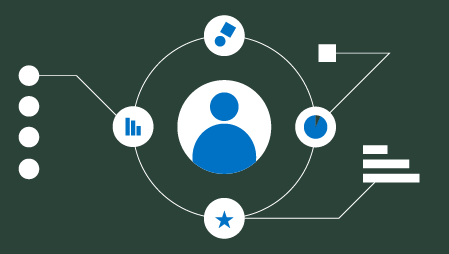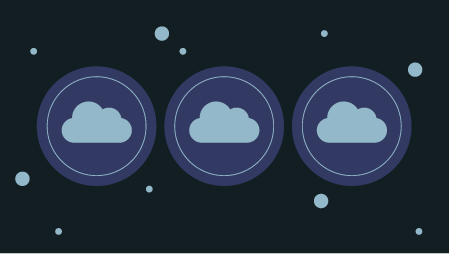Need help with your Big Data project or simply need data scientists, data engineers and visualizers to augment your existing team? Post your project in the Experfy Marketplace for on-demand help!
Need Tableau Training ? Browse courses developed by industry thought leaders and Experfy in Harvard Innovation Lab.
Data is increasing manifold, and so are the BI tools that claim to harness the potential information out of them. In todays world, big data is an integral part of business planning and a key variable in many strategic decisions involving prediction.
A Business Intelligence tool should be adopted only after carefully understanding what it exactly does, and whether it meets your business planning needs. In this post on Pentaho vs Tableau, we compare the strengths and weaknesses of the two popular visualization and dashboarding tools in an attempt to help you make an informed choice.
Pentaho Business Analytics
Founded in 2004, Pentaho offers Pentaho Business Analytics which is a suite of open source Business Intelligence applications. The suite has two editions: enterprise and community. It supports data integration and with the help of OLAP services and interactive dashboards, helps users visualize their data. Heres a quick overview:
Pros
- Pentaho is an intuitive platform, where IT as well as business people can access and visualize data easily.
- Easy access to data from diverse sources ranging from Excel to Hadoop.
- Reporting is fast due to in-memory caching techniques. The output can be generated in various formats, as desired.
- Detailed visualisation and easy to understand infographics, with drilling and filters available. Seamless integration with third party applications, such as Google Maps.
- The devices supported covers almost every platform: Android, iPhone, iPad, Mac, Web-based, Windows.
Cons
- All the products in Pentaho suite are inconsistent in the manner in which they work. It can be inconvenient to get around, initially.
- The metadata layer is cumbersome to use and understand. The documentation also is of little help at times.
- There is no system of perpetual licensing. The usage rights have to be bought every year, at the same price.
- Advanced analytics and corresponding data visualisation needs more improvement, when compared with the same in Tableau.
Pentaho Business Analytics Product Tour
Tableau
It is a user friendly business intelligence suite that creates informative visualizations, reports, and multiple output enabled dashboard. It supports desktop and browser based interfaces. There are three solutions: Tableau Desktop, Tableau Server and Tableau Public. Heres a quick overview:
Pros
- The tableau software has an intuitive UI, drag and drop tools letting non-technical people use it with an equal ease.
- The dashboard is highly interactive and can be conveniently customised to create smarter versions.
- The data synchronises seamlessly. Connecting to databases, files, and spreadsheets is a one click process and hence is very fast.
- The data visualisation hardly needs any formatting. Even if needed, the customized views and filters can be implemented with just a few clicks.
- Developing applications is made instinctive to help newcomers catch up fast.
- Importing data from various sources is easy, thanks to Tableaus data blending capability.
Cons
- Tableau has a dearth of automated processes that is offered for most common uses.
- Manual mapping of data types not recognised is quite cumbersome.
- Tableau Server has a scalability issue: it does not work that fast when a large data set is given. The performance is also limited by the amount of RAM in your machine running the client app.
Tableau Desktop Product Overview
To conclude, while Pentaho has nicely integrated data and a modern UI, Tableau has faster analytics and simpler visualisation techniques. Pentaho offers easy access to its data in various formats for both the IT and the business people alike. Tableau enables all the tools in the suite to be used by just a few clicks. Thus, both strive to give maximum comfort to its users, it depends on your planning needs which BI tool you must leverage. Also view Tableau vs Qlikview – https://www.experfy.com/blog/qlikview-vs-tableau-review-two-visualization-giants
Need help with your Pentaho or Tableau implementation or simply need data scientists and visualizers to augment your existing team? Post your project in the Experfy Marketplace to solicit bids from vetted experts. Experfy has the worlds top data experts, who specialize in specific industry data and can ask the right questions of your data. You can also email support@experfy.com for more information.





